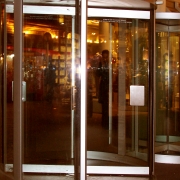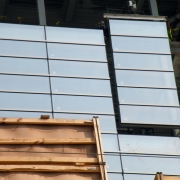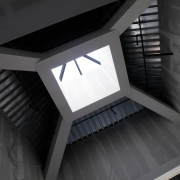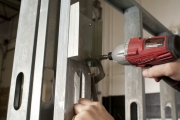Flooring restoration can be done in many different ways, depending on the type of floor, the type of damage the floor has sustained, the amount of damage the floor has sustained, and the condition to which the floor needs to be brought back.
In both residential and commercial situations, flooring tends to be ignored until something goes wrong. There are many reasons for restoration or repair. Floors could suffer from simple problems such as age, wear from traffic patterns, scratches, or cracks, to name a just a few, or they may suffer from more complex issues. Problems stemming from structural or water damage, for example, will require research into the underlying problems, so that those can be found and corrected before restoration is undertaken.




